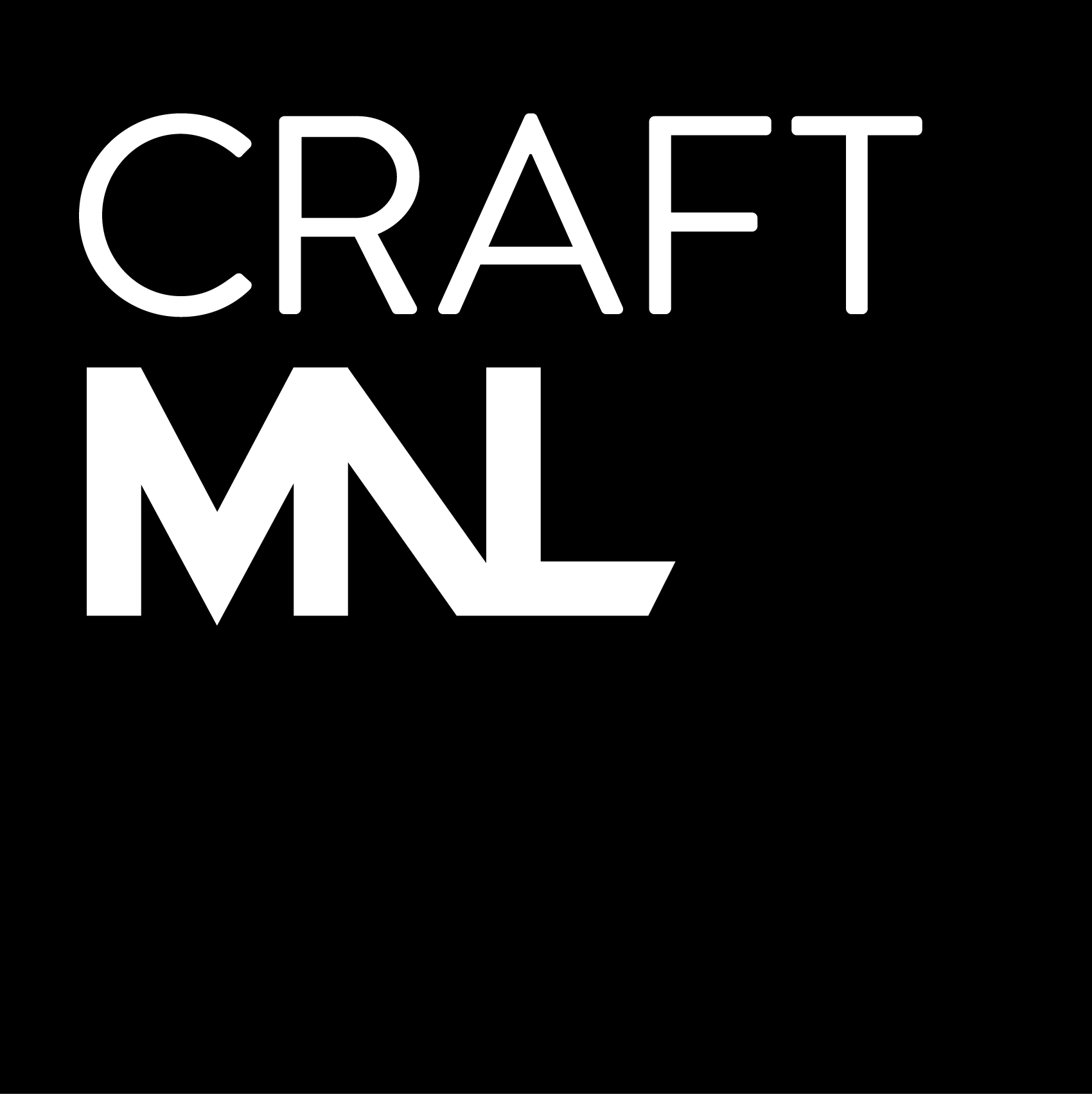As we begin with our rubber stamping class with Alex this weekend, some of you might be a bit confused. Rubbercut printing…rubber stamping…aren’t they the same thing?
Well, not quite. Though they both are forms of relief printing (prints based on inked, protruding surfaces–that are usually carved), there’s a bit of a difference when it comes to the application of ink, and the application of the relief (your rubbercut plate or your rubber stamp) to the substrate (usually paper).
For rubber stamping, you transfer your design (usually by hand burnishing a lead design onto the rubber), carve your rubber sheet (or rubber eraser), then mount it (traditional stamps are mounted on wooden blocks, like Alex’s Rubber Ducky Stamp Co. stamps). In the case of rubber erasers, since these are thick enough to hold and press onto paper, they aren’t usually mounted. Ink can be applied using a stamp pad, or a brayer (depending on what kind of ink/paint) you’d like to apply.

I used textile paint for this rubber stamp print, so since no stamp pads were available, I used a brayer.
The inked stamp is then pressed onto the surface to be printed on.
Traditional rubbercut printing calls for more steps, and is usually done on a larger surface (at the workshop, the usual size is 4 inches by 6 inches, though rubber sheets can be as large as well, as large as rubber sheets are produced–larger than your usual cartolina or watercolor paper). This type of printing also has a more studio feel. You usually hand-burnish the lead design onto the rubber sheet, then carve the transferred design. Just like a rubber stamp. But it kinda gets a bit more complicated from there.
Now you have a carved rubber sheet that isn’t mounted on a wooden block for support. How do we ink it? By evenly inking brayers (seen above), and rolling the inked brayer on the carved rubber. Then the paper is laid onto the inked plate (the carved rubber), and hand-burnished once again. We use the flat end of wooden spoons for this.
And voila, the print is transferred.
Sounds simple enough, right? There are certain techniques that can be learned at the workshop, and we’d love to share these with you once a session comes up. We don’t have schedules for rubbercut printing just yet, but for those of you who are excited to grab a carving tool and attack a mound of rubber sheets, you can check out Alex’s workshop (Stamp Right Now) this weekend. Sign ups (and more details) are here on our workshops page.
Now, rubber sheets versus rubber erasers (we carry both at the workshop)? That’s up next.





